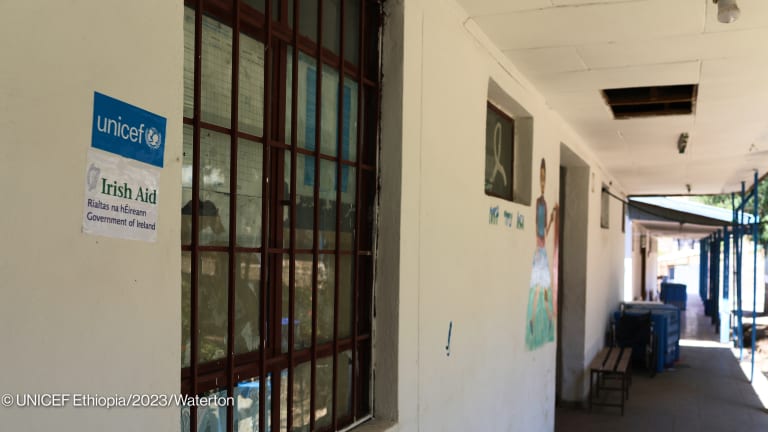Concluding our primers on English-speaking donors, we take a look at one more Development Assistance Committee member country, New Zealand.
New Zealand’s aid spending fluctuated throughout the decade. It first crossed the $500 million mark at the start of 2018 and has remained above that level since. However, the country’s official development assistance-to-gross national income ratio still lagged behind both the DAC average and the 0.7% target.
Preliminary data shows that its official development assistance, or ODA, in 2024 is currently worth $768 million, or 0.32% of its national income.
This story is forDevex Promembers
Unlock this story now with a 15-day free trial of Devex Pro.
With a Devex Pro subscription you'll get access to deeper analysis and exclusive insights from our reporters and analysts.
Start my free trialRequest a group subscription







